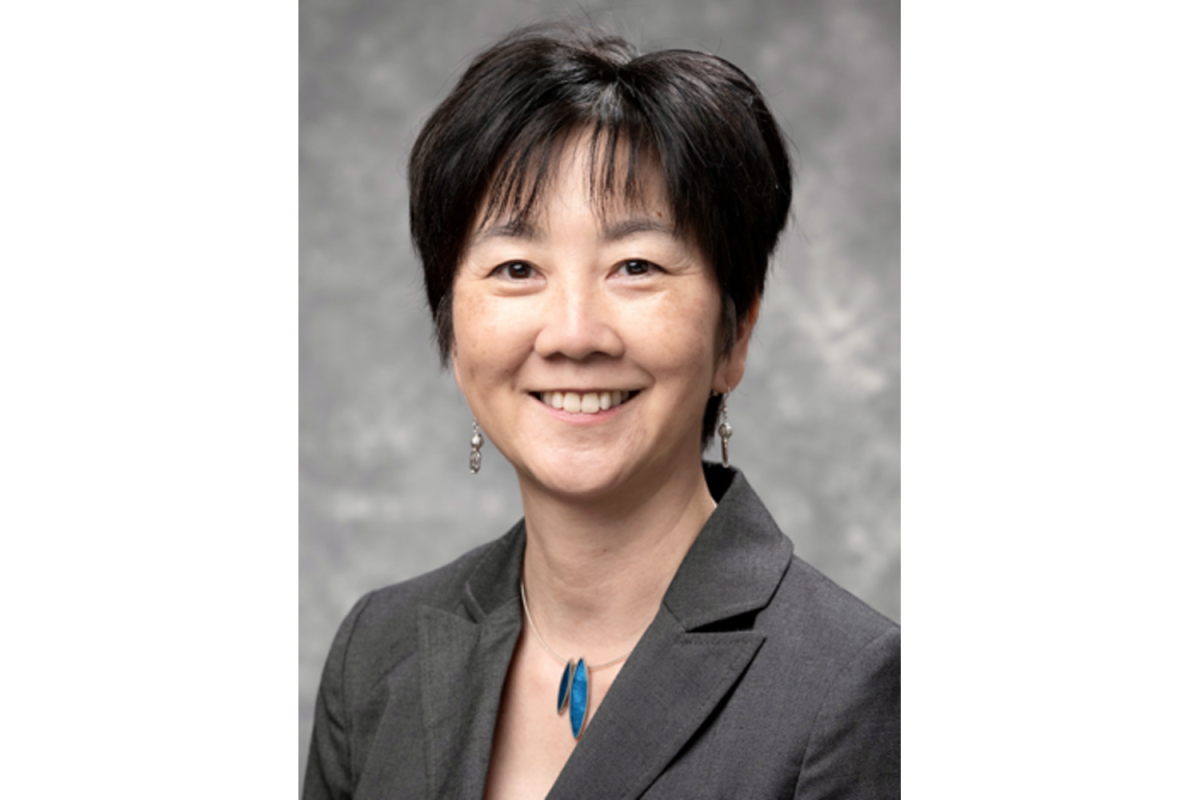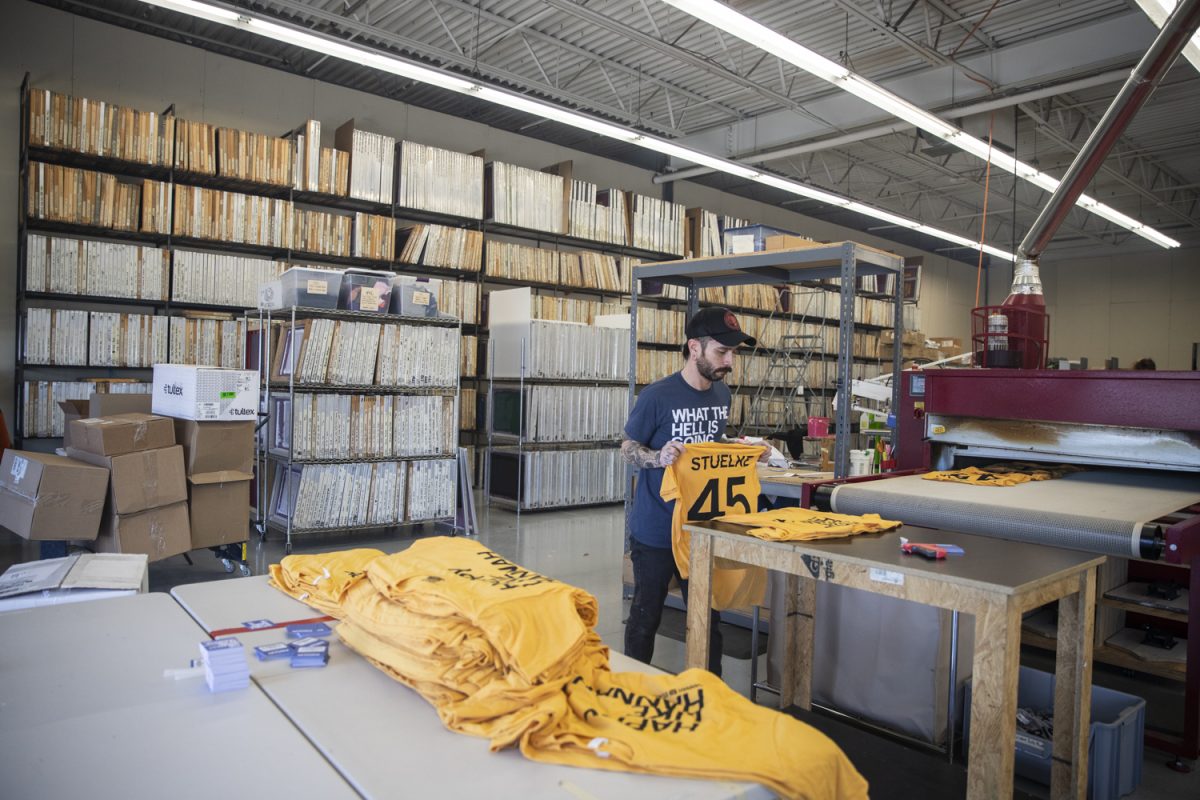While some literary professors might spend time drudging up primary sources, UI American studies Professor Lauren Rabinovitz whips up snacks to complement her lessons.
“Occasionally, I throw food into the mix,” she said.
Given that Rabinovitz teaches Food in America, perhaps food itself is the most primary of sources. The course first appeared in the fall of 2007 as an Honors seminar for 20 students. Now, it is a part of the regular curriculum with a strong following of 75.
And she still provides munchies for the class.
“It’s my gift,” she said. “But the food always has a bigger purpose than just being snack time.”
When the class size was smaller, Rabinovitz brought in lasagna and apple pie, but to provide such extravagant plates for 75 would just get messy. So she had to get creative.
“I try to do things that move beyond me standing up front droning,” she said, and she now mixes, bakes, and slices up “bite-size portions.”
And the UI doesn’t pay for any of it. The class has no extra fees. Rabinovitz buys all the materials and does all the labor herself — almost.
Her husband, Greg Easley, helps.
“It’s a big production,” he said. “I’ve been pulled into the assembly lines before.”
So far this semester, Rabinovitz dished out corn muffins, banana bread, and gazpacho — a cold tomato soup with a complex history, she said.
“It’s the result of the migrations of ingredients, traditions, and style,” she said, and that simply tasting a “tiny shot” of it while hearing the complicated history helps students understand “its cross-hybdrization of cultures in a way reading doesn’t.”
Students such as journalism-major Andrew Altenbern appreciate the food perks and the new learning experiences.
“I’ve never had a class that’s done this before,” he said. “It adds an interesting dimension.”
That dimension, Rabinovitz said, involves “using our senses as a way of learning.” Food, taste, and smell are “deeply interconnected” with memory, she said.
“Even the memory of simply tasting something in class helps students remember the issue connected to it,” she said.
For her unit on the Plum Grove Historic Farm in southern Iowa City, Rabinovitz required her students to tour the farmhouse and 1840s-style kitchen. Students also studied plum jam styles of the 1840s, 1950s, and today — then tasted them.
“Few people had ever had it,” she said. “The three recipes seem less abstract when people actually know what the jam tastes like.”
For future classes, Rabinovitz plans to bring in oatmeal bars made with artificial sweeteners.
Students will also have a blind taste test of made-from-scratch cupcakes versus Betty Crocker box mixes.
“I hate the smell of ‘mix cake’ baking — really sickly sweet from using high-fructose corn syrup rather than real sugar,” she said.
Baked goods such as cakes and muffins are the easiest for Rabinovitz to transport, which means she and her husband will heat up the oven a lot for the rest of the semester.
“I used to be a pretty good [food] tester, but I stay away from that now,” Easley said. “I tell her to get rid of it all at class.”
And with 75 mouths to feed, that shouldn’t be a problem.






